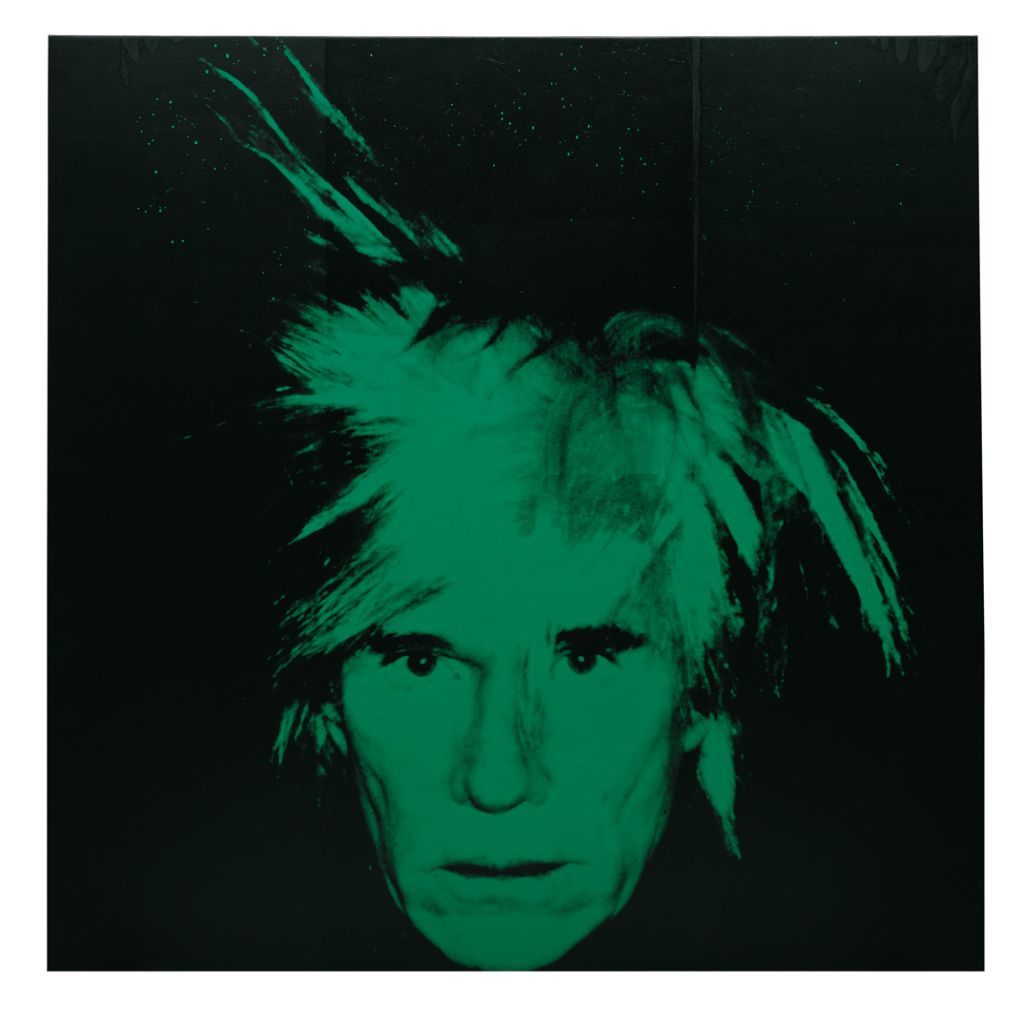Pop Art
02.10.2004 - 01.09.2005
Pop art took off in the United States in the early 1960s. With its roots in Dada, Pop art explored the image world of popular culture, from which its name derives. Artists took inspiration from advertising, pulp magazines, billboards, movies, comic strips, and shop windows. These images, presented with (and sometimes transformed by) humor, wit, and irony, can be seen as both a celebration and a critique of popular culture.
This presentation features some of the American artists responsible for the success of Pop art in its early years-Jim Dine, Roy Lichtenstein, Claes Oldenburg and Coosje van Bruggen, Robert Rauschenberg, James Rosenquist and Andy Warhol. Rauschenberg's work is set apart from the more deadpan output of other Pop artists; his canvases layer expressionist brushstrokes and found media imagery, applied by transfer technique or commercial silkscreen, and sometimes incorporate objects, such as Coke bottles or gas station signs. During the early 1960s, Jim Dine and Claes Oldenburg were part of a group of artists who extended the gestural and subjective implications of Abstract Expressionist painting into outrageous performances, subsequently known as Happenings. Transgressing preexisting aesthetic values, these events resulted in objects made of urban detritus, reflecting American society's celebration of consumption. Later, Oldenburg created large-scale sculptures and projects with the collaboration of Coosje van Bruggen, whom he married in 1977.
By choosing to paint canvases using simulated Benday dots, suggesting the cheap printing of comic-books, Lichtenstein created fine art out of what has customarily been considered "low." Warhol, like other Pop artists, used found printed images from newspapers, publicity stills, and advertisements as his subject matter; he adopted silkscreening, a technique of mass reproduction, as his medium. For the Pop artists, to embrace subjects traditionally considered debased-from celebrity worship to food labels-has been interpreted as both an exuberant affirmation of American culture and a thoughtless espousal of the "low."
Andy Warhol
Self-Portrait, 1986
Silkscreened ink on synthetic polymer paint on canvas
269.2 x 269.2 cm
Solomon R. Guggenheim Museum, New York
Donation, Anne and Anthony d'Offay 92.4033

